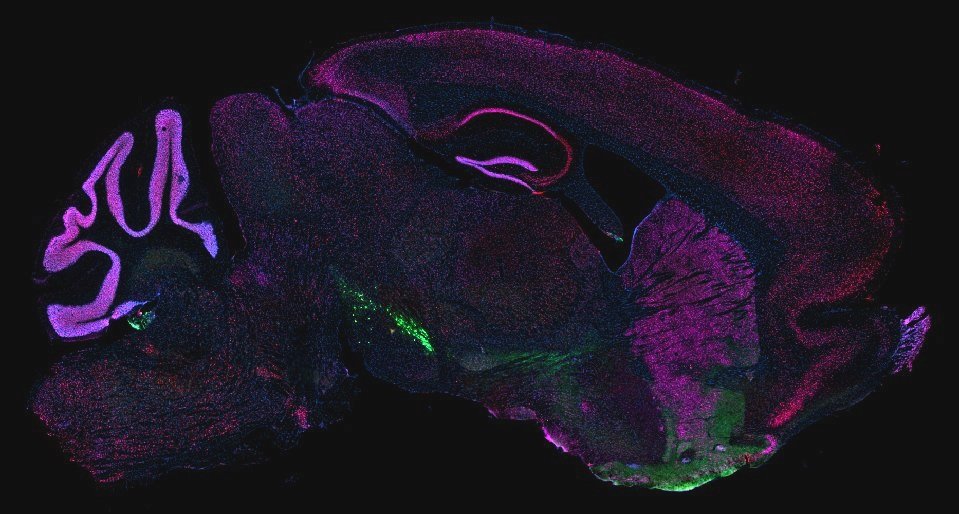
Cell and Gene Therapy in the Brain
We study gene therapy for various neurological genetic disorders.
Our Toolkit
We use a variety of tools to target genetic mutations that affect the brain. One tool is epigenetic editing, specifically CRISPR activation (CRISPRa) and CRISPR interference (CRISPRi) which can target a gene and increase or decrease its expression. Another tool is Prime Editing, which uses a Cas9 nickase to nick DNA and overwrite a section of a gene. We also research RNA base editing, which targets RNA with Cas13. And we work with gene replacement therapy which involves delivery of a gene expression construct to our cell of interest.
The Diseases We Study
Many rare neurological disorders are caused by mutations found in just one gene. The DNA in genes is made up of a code called base pairs that instructs the cell how to make protein. When base pairs mutate (swapped out, duplicated, or deleted) this sometimes affects the protein’s code and/or expression. If the protein is relevant in the brain, the mutation can affect neurological processes and development.
How It All Comes Together
Depending on the type of mutation, we try to target the gene for therapy using differing techniques. We can attempt to increase expression of the “wild type” (healthy) copy of the gene, or decrease expression of the mutant (unhealthy) copy, or we can also try to overwrite the mutant portion of the gene. Then we can use repurposed viruses to deliver our gene therapy to affected parts of the brain, and hopefully rescue the phenotype.


